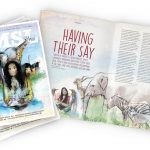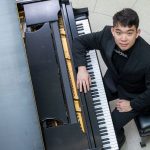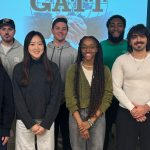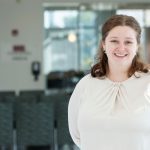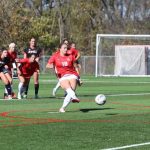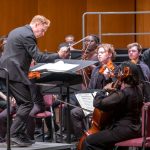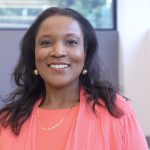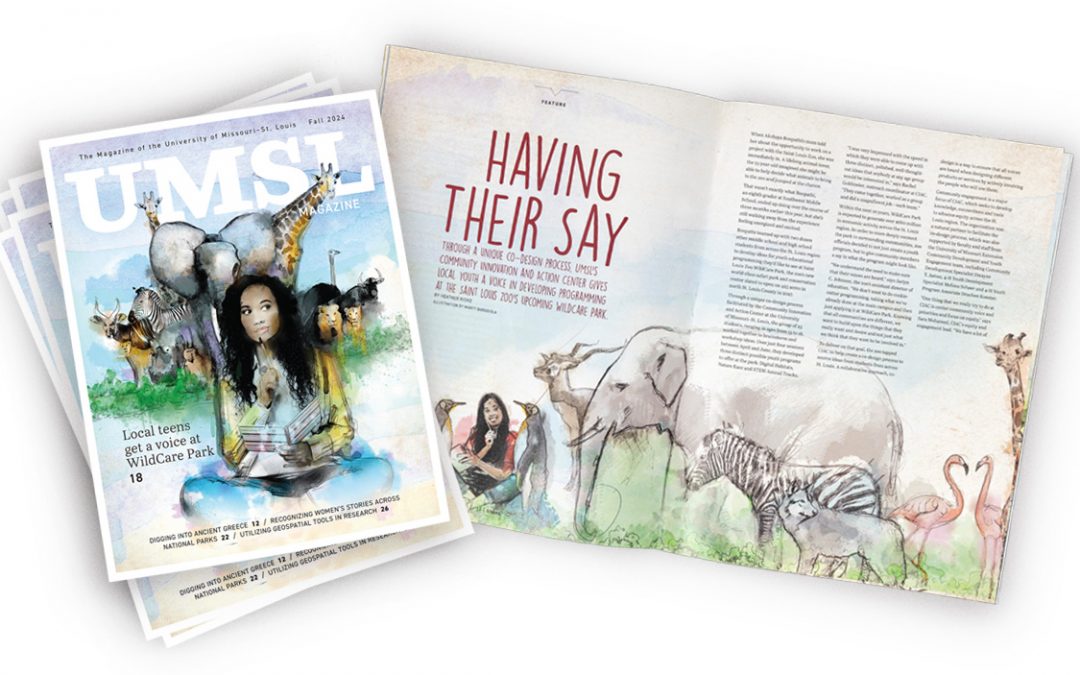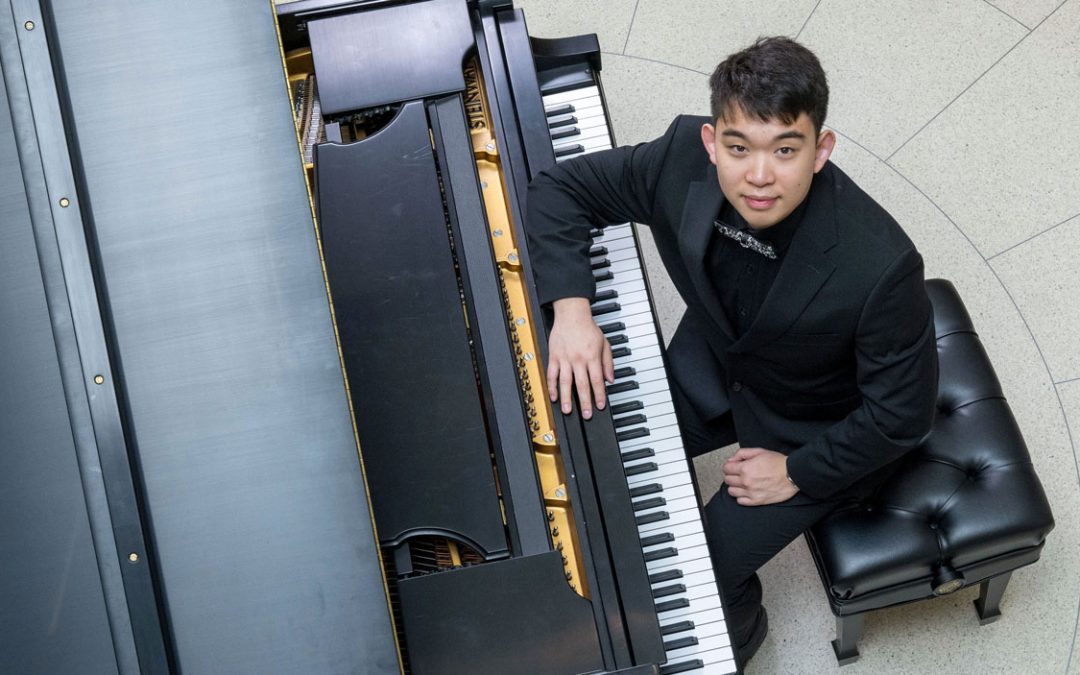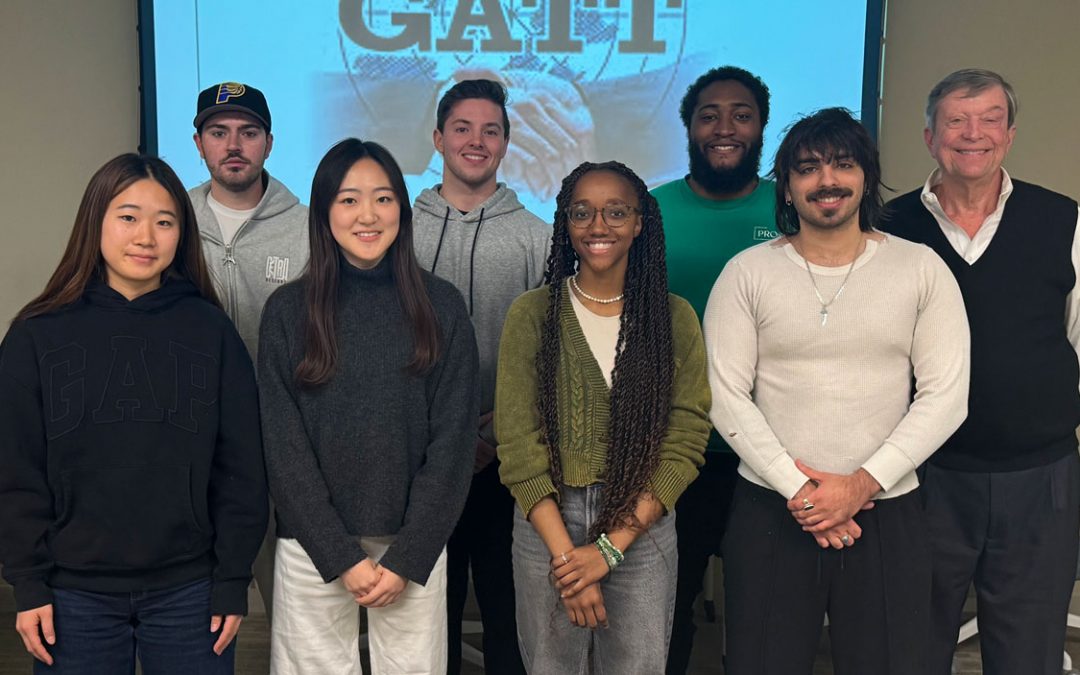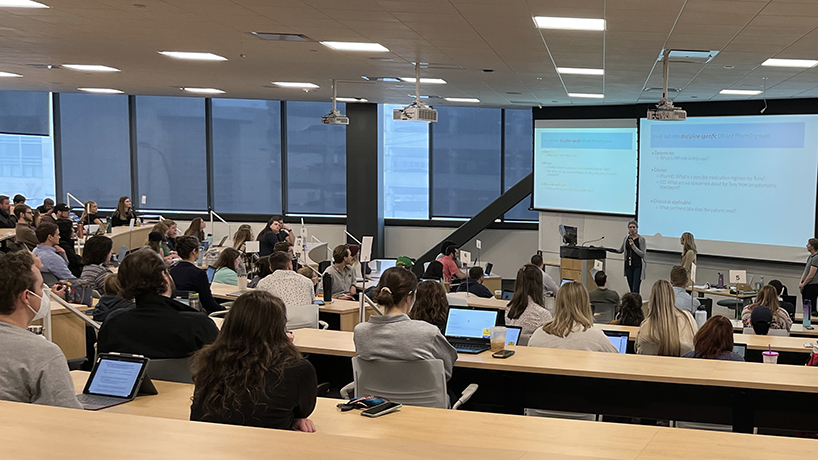
On Tuesday, the College of Optometry held a joint workshop with the University of Health Sciences and Pharmacy in St. Louis focused on interprofessional education and practice. (Photos by Jessica Rogen)
Good, comprehensive medical care doesn’t happen in a silo. Instead, medical professionals collaborate across disciplines to provide superior patient care.
Leaning how to do that while still in training is key.
“My goal is making the students aware of how important those collaborations are,” Assistant Clinical Professor of Optometry Casey Hamm said.
Hamm, who serves as coordinator for interprofessional education in the College of Optometry at the University of Missouri–St. Louis, works to set up opportunities for optometry students to practice those needed collaboration skills. At the end of March, she led a workshop aimed to do just that with Associate Professor of Pharmacy Practice Amy Tiemeier, director of community partnerships and associate director of experiential education at the University of Health Sciences and Pharmacy in St. Louis.
The interprofessional optometry and pharmacy workshop brought together approximately 90 students to examine a diabetes patient care case study.
“We really wanted something that had equal stake in the game or equal knowledge from both professions,” Hamm said. “Diabetes is something that’s so prevalent and so huge. We see it as optometrists, as do pharmacists, and so we thought it’d be a good one and that both professions could contribute.”
This year’s workshop marked the second annual collaboration – though the first held in-person. Last year, the workshop centered on allergies.
Hamm and Tiemeier broke their students into small groups comprised of both professions, and presented the day’s learning objectives: to explain scope of practice in this case to the other profession, to find areas of professional overlap and areas of collaboration, to find differences in patient care processes and to collaborate to figure out the diagnosis and management together.
“Take it seriously, but have fun with it today,” Tiemeir said, explaining that they’d be caring for “Tony,” a 45-year-old man recently diagnosed with Type 2 diabetes.
They’d start by approaching Tony’s case through a discipline-specific focus. Within each group the optometrists and pharmacists discussed among themselves possible medicine regimens and concerns as well as labs, screenings and recommendations for ocular health.
“With the diagnosis of diabetes, for a patient, there’s a lot of things that we need to educate them on, and they’re probably feeling a bit overwhelmed by the diagnosis,” Tiemer said. “But then with all of the other things that come with it – we want all of these labs, we need all of these tests done, there’s things we need to check for – not only do you have diabetes, but you are worried about all of these other consequences that you may have. It may not be one diagnosis but multiple diagnoses.
“Remember that when you’re talking to a patient with diabetes. As health care professionals, we get very used to diabetes because it’s so prevalent in our communities. It’s just, you know, run of the mill. We see it all the time. But when you’re talking with your patients, remember for them that this can be very overwhelming. It is a life changing diagnosis.”
Then it was time to role play. The pharmacists began, and the optometrists collectively played the role of Tony as he went to a pharmacy to pick up prescriptions of metformin 500 mg and insulin.
The students had to focus on explaining the diagnosis and tests so that a patient without a medical background could understand and be motivated to follow lifestyle advice.
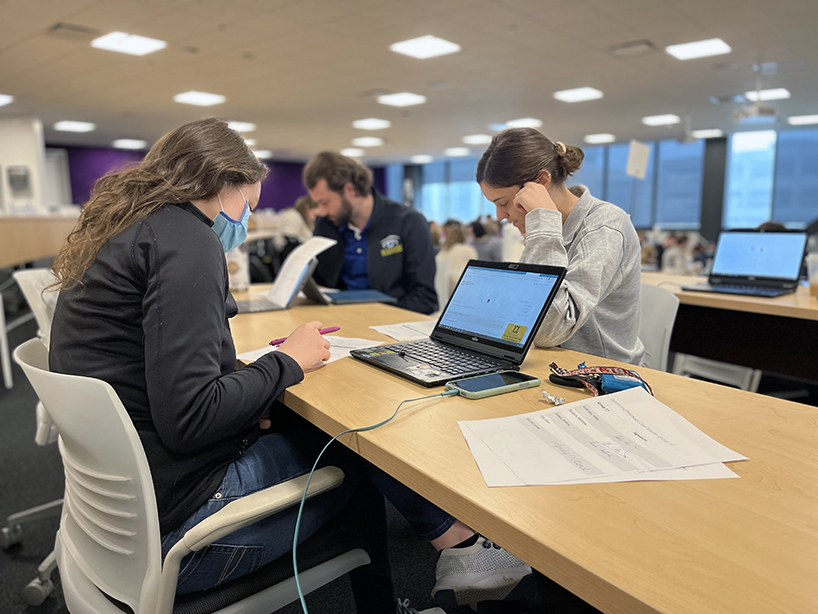
Pharmacy students Haley Anderson (left) and Lynsey McCord (right) collaborated with optometry students such as Andrew Hobeck (center).
Afterward, the pharmacy students pointed out some challenging areas, including explaining the necessary tests and getting patients used to the idea of injecting themselves daily. The optometry students learned from the roleplay as well, pointing out the need to rotate injection sites and tailoring care to patient age, condition and severity of disease.
After a round of Kahoot! focused on diabetes, the students switched roles. Now the optometrists took Tony through a visit to the optometrist and the concerns surrounding eye health and diabetes.
The optometry students pointed out how helpful pictures were in explaining how diabetes impacted the eye, that blood sugar can affect the eye so an optometrist wouldn’t finalize a glasses prescription until blood sugar stabilizes and also how frightening many of the treatments – some of which are injected straight into the eye – sound to patients.
“Every patient is very different in the amount of detail of information they wish to know,” Hamm said. “So you have to be careful to answer all their questions but also not completely overwhelm them. Sometimes you can use the three things rule where you’re going to give them three pieces of information and try not to go over.”
The students broke from the roleplay for another round of Kahoot! focused on identifying the class of eye drops by cap color and then moved on to the collaborative portion of the workshop where the students would consult for a diagnosis and treatment.
Tony wakes up about six months after his diagnosis feeling dizzy and with blurred vision. He had a big steak dinner the night before and had upped his insulin from 20 units to 40 units to compensate.
Immediately, the students zeroed in on how Tony has doubled his insulin and decided he was hypoglycemic, though Tiemeir pointed out that it’s also important to consider less obvious diagnoses such as stroke.
The event ended with a wrap up of what the students had learned from the day and from each other, which included everything from basic questions about what the other profession does to a greater understanding of the power of collaboration.
“I didn’t realize before coming here how much we would overlap,” said Haley Anderson, a pharmacy student.
“It was fun,” second-year optometry student Andrew Hobeck said. “It’s good to see what you guys do and how you actually interact because we’ve known that we’ll have to interact with other health care professionals. But we’ve actually semi-done it now, which is nice.”


